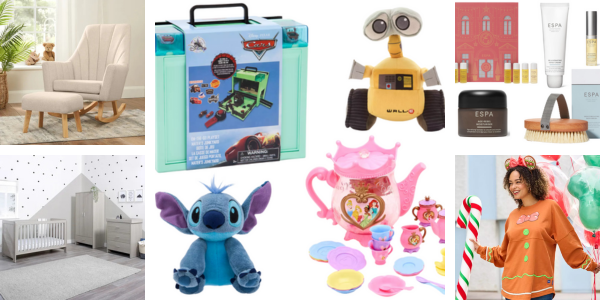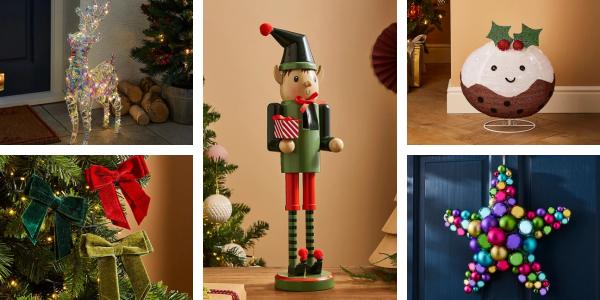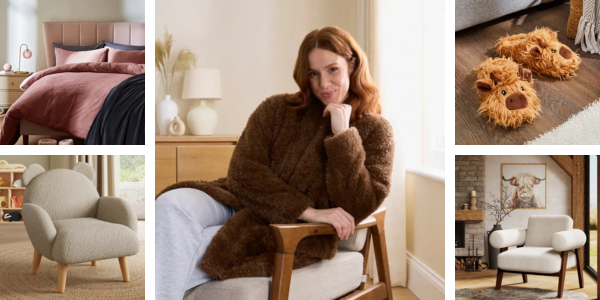

Creative arts such as dance and painting can provide children with disabilities an opportunity to develop important physical and cognitive skills.
The arts can open doors to children with special needs, while helping them deal with stress. Here are a few ways you can help your children with special needs start enjoying the arts:
Explore Different Arts
There are so many ways to be creative and enjoy the benefits of the arts. If your child has sensory issues, getting into textile arts and sewing may be a fun hobby to explore. Does your child seem to have endless amounts of energy? Then perhaps trying out a dance class could help them burn that energy off in a productive way. Dance is a wonderful form of exercise that can keep kids healthy, but it also allows children to feel more in control of their bodies. Whether they settle on dance, painting or textile arts, exposing your child to different forms of art will help them see more of the world and explore their senses in the process.
Set Up Some Lessons
For children with disabilities, being able to focus can be a bit of an issue. Or, perhaps they become too focused. Either way, lessons with an experienced instructor could provide the structure they need to focus on their new artistic endeavours. You should be able to find a studio or teacher online but do a little more homework before you set that first lesson up. Check with the studio to see if they offer instruction for children with special needs or if they have experience providing services to children with disabilities. Some spaces may even offer special programs or offers to get children with special needs into the arts.
Put Together a Practice Space
There are many arts and crafts you can participate in with your child, including making paper-bag puppets, bird feeders, and clay animals. Having a comfortable, quiet environment to practice can give children with special needs even more focus on their creative hobbies. Depending on the kind of art your child enjoys, you could use a spare room, a corner of their room or even an outdoor area to give them the space they need. If spilling is a concern, cover floors with inexpensive rugs or flooring designed to hold up to paints, clay and glues.
For dancing, you’ll want to set up in a room with wooden floors, or have them installed to prevent damaging young joints. You can pick up some full-length mirrors to help children perfect their form and set up a simple Bluetooth speaker to keep tunes pumping during practice.
Pick Up Specialty Supplies
Whatever art your child enjoys, there are specialty supplies available to accommodate a variety of disabilities. Essential adaptive art tools can aid children who may have issues with fine motor skills and make painting more accessible for them. If your child enjoys making music, there are certain instruments that may be more beneficial for them to play. When choosing a musical instrument for a child with special needs, it makes sense to keep their abilities in mind. For children with breathing difficulties, a string or percussion may be a better fit over a wind instrument. Percussion instruments may also be a good choice for kids with ADHD who have a difficult time staying seated.
Provide Encouragement
Above all, the arts should provide an outlet for stress-free fun for children who have special needs. Ensure your child has a positive experience by providing encouragement every step of the way. Create opportunities for success. Give your children encouragement for at least trying something new and realize when it’s time to move on to a new activity, try a new method or simply take a break.
Art is a wonderful form of therapy and stress relief for anyone, but can have notable positive impacts on the lives of children who live with a learning disability. Encourage your child to explore their creativity freely and safely and help them discover hidden talents that can give them tools to enhance their lifelong learning process.
WRITTEN BY ASHLEY TAYLOR FOR HER BLOG, DISABLED PARENTS.



.png)






.jpg)




